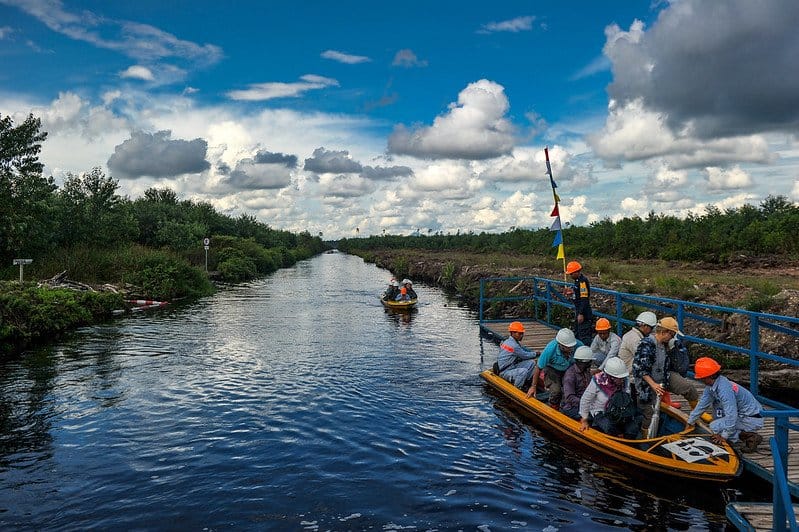Street therapy
Violence interruption efforts, in which community members attempt to defuse street conflicts before they start, are common in many U.S. cities. A Baltimore program takes the time-tested model and adds a twist: rather than interrupting specific violent incidents, it tries to interrupt violent mindsets.
Volunteers for the initiative, called Roca, focus on youths who they believe are at risk of becoming either victims or perpetrators of violence, based on their own observations and conversations with community members. Then, employing principles used in cognitive behavioral therapy, they work with those youths to help them manage their traumas and regulate their responses to conflict and stress. As opposed to a typical interruption program, Roca’s interventions can take years to yield results. Often, when they engage a 16 year old, Roca’s volunteers are still working with him when he celebrates his 20th birthday.
Anecdotal evidence suggests these results do eventually come. Several youths Roca has worked with have walked away from violence and turned their lives around. “All of us at that age are not wired to think long term,” said one observer. “You need a support network that can put you in an environment that can get you through that time until you get to a point where the lightbulb comes on.”
Down to earth
Researchers in the Congo Basin have unearthed something with huge implications: a vast peatland the size of England that’s sequestering 30 billion metric tons of carbon.
For years, the team of scientists has waded through hip-deep mud in the basin’s wetlands, surveying a hidden, seemingly endless expanse of peatland underneath. So far they’ve discovered over 56,000 square miles of it, making the peatland big enough to single-handedly play a role in controlling the earth’s climate.

Peat holds huge amounts of carbon — this particular peatland is sequestering about two-thirds as much CO2 as all of the trees in the Congo’s rainforest combined. By revealing its existence, the researchers have laid the groundwork for its conservation. Activists are already preparing to shield the area from gas, logging and agriculture interests, any of which could destroy the peatlands, releasing massive amounts of CO2 into the atmosphere.
“I think we will only protect what is valued,” said one of the researchers, “and we need to know where these peatlands are because they are such huge stores of carbon.”
Spaces to breathe
People living in vehicles are the fastest growing segment of the homeless population, a trend that has only accelerated since the pandemic began. Some of these folks reside in RVs, a much more habitable space than a passenger car or a van. But even an RV requires services and a place to park.
In October, San Francisco announced the establishment of a safe, dedicated parking site for people living in RVs. Situated in Candlestick Point State Recreation Area, the site will include 150 parking spaces and offer electrical hookups, lighting, 24-hour security, bathrooms, drinking water and pumps to remove RV waste. The site also lets RV occupants live without fear of parking tickets, which often amount to a poverty tax for people who live in their vehicles.
Some residents have complained about a public park being given over to the RVs, but the site is only temporary — a factor that could potentially make the solution problematic. “I’m hopeful that they can keep it until they can get people placed in housing, because what’s the whole point of doing all this?” said one housing advocate. “Then you close it down and the people are still there?”










